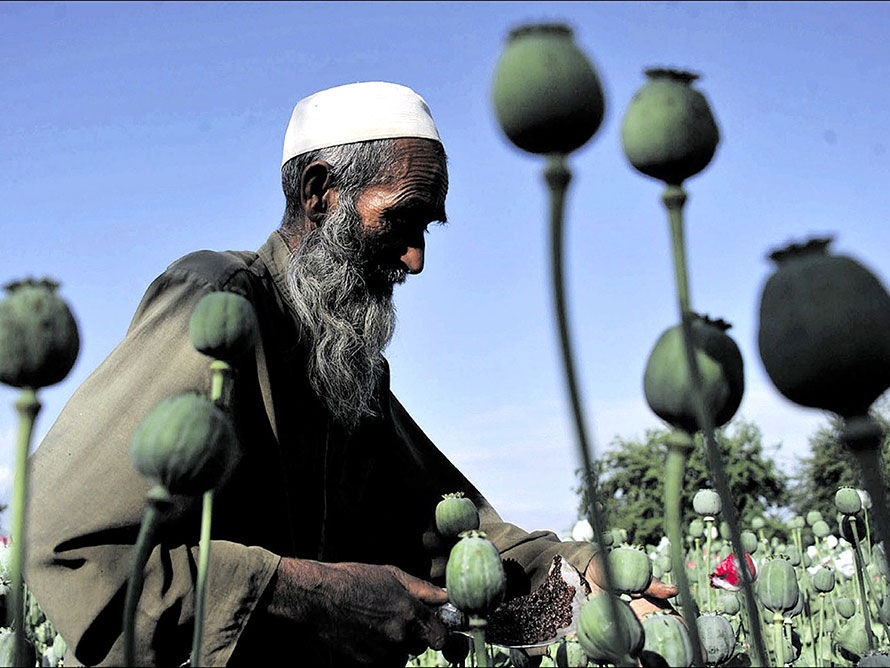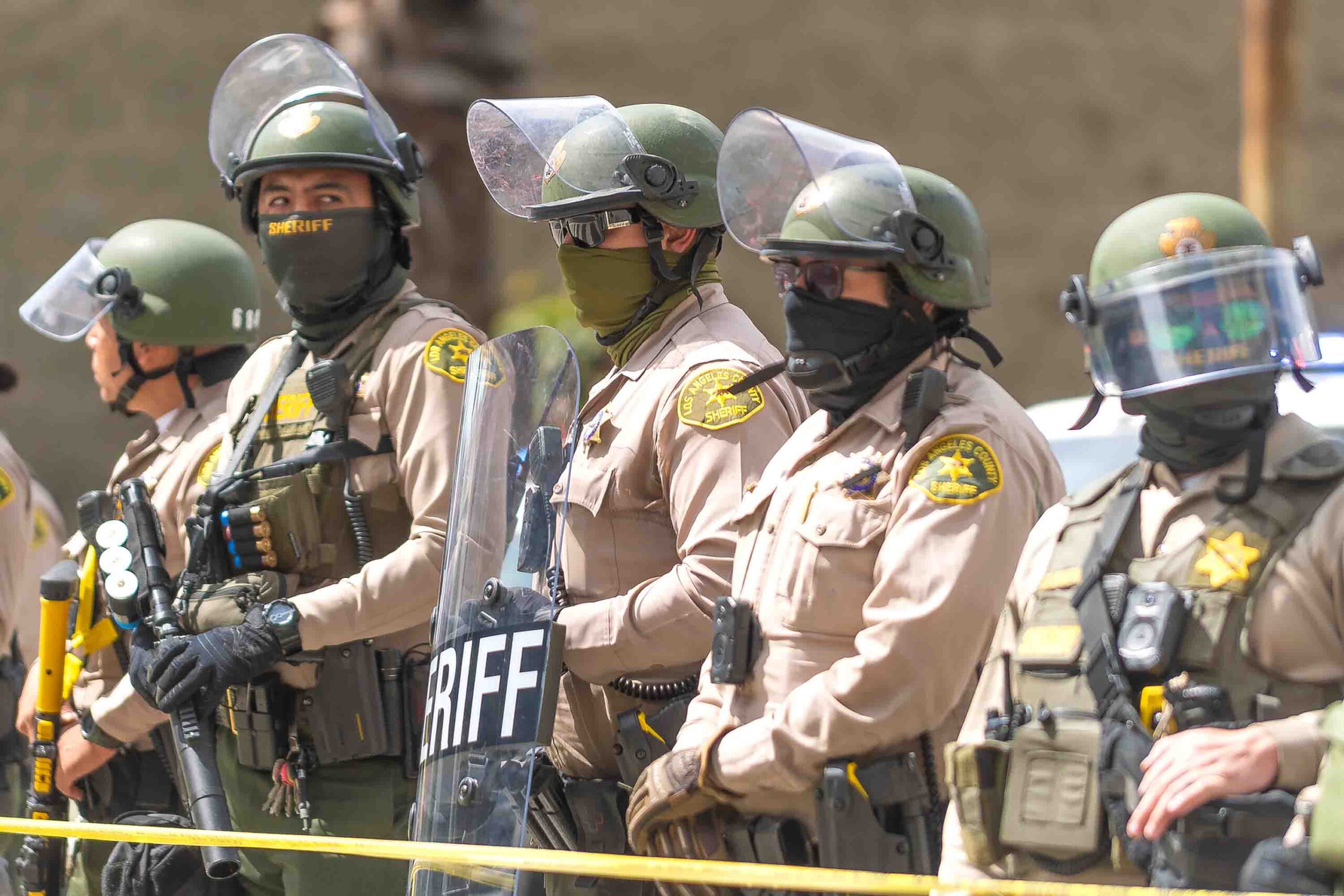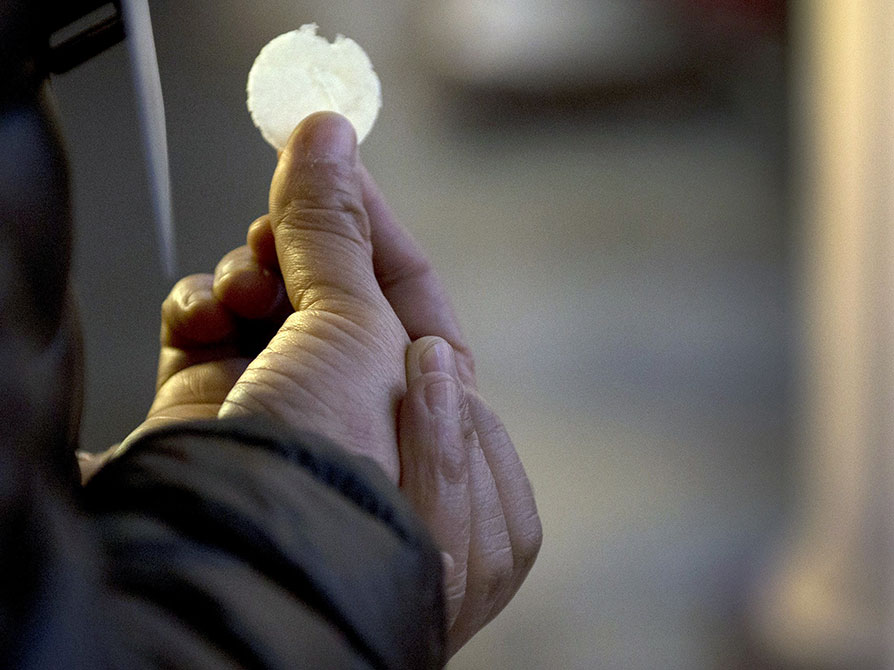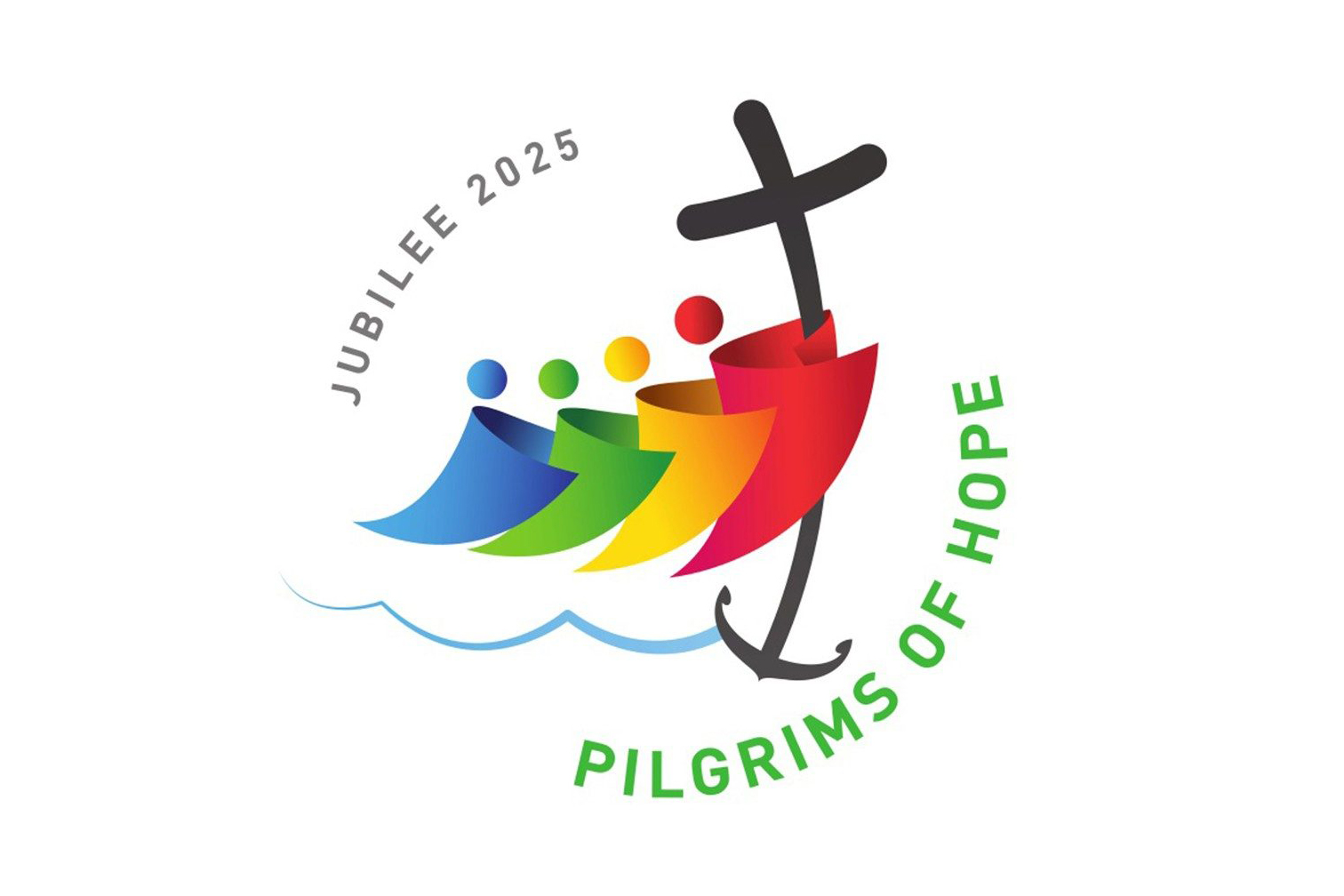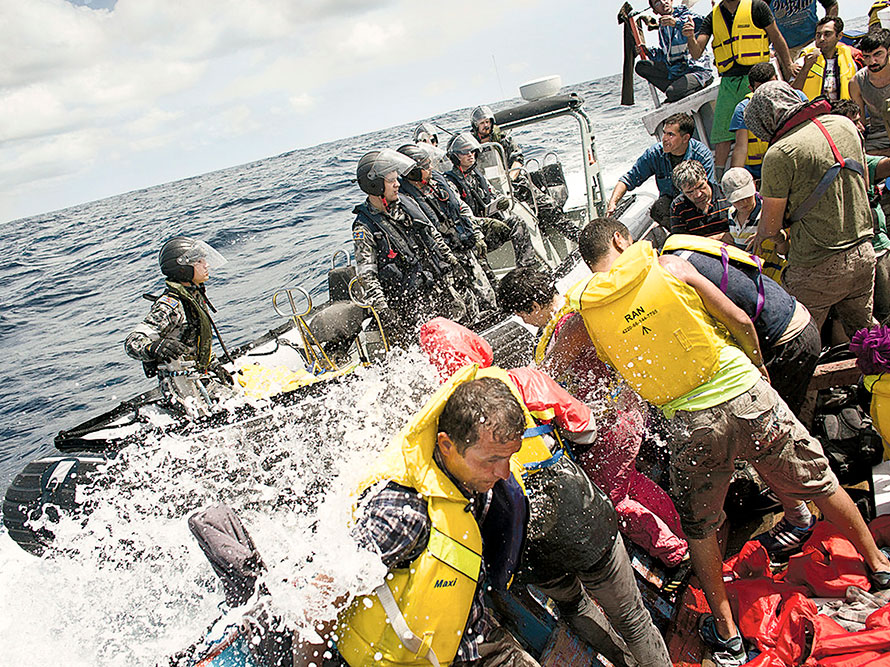Holum was born into speedskating royalty. Her mother Dianne was a world-class speedskater who won the Olympic gold in 1972 and reached even greater heights as a coach, mentoring the legendary Eric Heiden to his clean sweep at Lake Placid in 1980. Despite an ongoing battle with exercise-induced asthma, Holum was a champion waiting to happen. Instead, Nagano would signal the final time she would pull on a pair of skates with competitive intent. From that point on, her life began an entirely different journey. “Speedskating was such a huge part of my life,” Holumn said in a telephone interview. “I still loved the sport, but I had this incredibly strong calling that it was time to move on and take a different path in life.”
There is no television and no internet at St. Joseph’s Convent in Leeds, England, meaning Holum didn’t watch the 2010 Winter Olympics, that took place last February in Canada and where she was supposed to become a star. The peaceful surrounds of the convent is where Holum, now known as Sister Catherine, devotes her life to religious service as a Franciscan nun. That calling had begun on a trip to Our Lady of Fatima, the holy shrine in Portugal famed for the apparition of the Virgin to three little shepherds nearly a century ago. It was outside the Fatima basilica where Holum decided that a path of religious dedication, not frozen skating lanes, would be her destiny.
“It is funny now to think of how different my life is now,” she said. “I had the wonderful privilege of being able to compete as an Olympian, and now I am blessed to be able to serve God and help those less fortunate.” After completing an art degree, including a thesis on the Olympics at the Art Institute of Chicago, Holum joined the Franciscan Sisters of the Renewal, a faith whose mission is “work with the poor and homeless and evangelization.”
Based first in New York, Sister Catherine and her fellow nuns stepped onto the mean streets of the Bronx to work with some of the Big Apple’s most underprivileged children in areas steeped in gang culture. Such work and sacrifice in homeless shelters and soup kitchens gave her a deep-rooted sense of satisfaction that skating had never been able to provide. She attacked each new project with the tenacity of an Olympian, and, according to Sister Lucille, who leads operations at the Order’s Bronx chapter, the “compassion of an angel.” She added: “It is wonderful to see people’s faces light up when Sister Catherine shares her experiences of her time in speedskating. She never boasts about it but she has come to realize that we are incredibly proud of her and are lucky to have her as part of our religious family. The Sisters and the people we try to reach love hearing about what she accomplished.”
Last year, missionary work took Sister Catherine to England, where she has found her previous life as an athlete a useful tool in providing some “street credit” when dealing with skeptical youngsters. “When I give my religious testimonies, it is fun to watch the reaction of the kids when I tell them I was in the Olympics,” she laughed. “Their eyes get really big and they start paying a lot more attention. It is a great thing to share with them and it gives me a lot of pleasure to think back and talk about it. It is not exactly something you would normally expect from a Sister. But I think it is good for people to see that members of the religious order can come from any background and any walk of life. It is all about your commitment to the message. It brings back so many memories and it is such a long time ago it sometimes feels like it happened to someone else. It is strange for me to think that things could have been different for me and I could have been at the Olympics again, but it wasn’t the Lord’s path for me and I have no regrets.”
Often called the “Altar of The World,” Fatima inspires and receives pilgrims from almost every country, including those from Muslim nations. Next May, it will be the turn of a very special one: Pope Benedict XVI. The first Pope to make the pilgrimage was Paul VI, in 1967. Called “The Fatima Pope,” John Paul II visited Fatima in 1982, and again in 1991, to express his gratitude to Our Lady for saving his life following the assassination attempt on St. Peter’s Square in 1981. He offered the sanctuary the bullet that almost took his life – it is said to have followed a zigzag trajectory, thus avoiding the vital organs – and that is now encrusted on the crown of The Blessed Virgin’s image.



